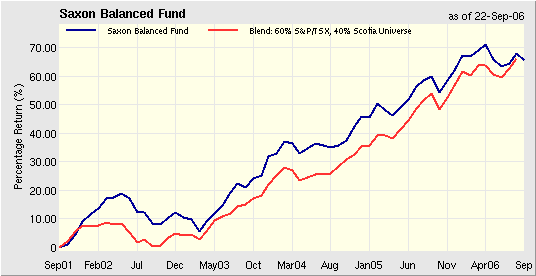Principal protected notes (PPNs) The Globe and Mail
Post on: 30 Июнь, 2015 No Comment

PPNs do this by buying insurance to cover the amount of your principal investment and then investing your money in an underlying investment tied to the PPN. Underlying investments can include stock market indexes, mutual funds or even hedge funds .
Financial institutions must give you key information about a PPN before you invest. They must also keep you informed about your investment. Learn about your rights as an investor .
3 advantages of PPNs
- Lower risk – PPNs are marketed as a safe investment for investors who want to invest in the markets but don’t want to risk losing money.
- Guaranteed principal – PPNs will pay back at least your principal amount at maturity.
- Regular income – Some PPNs make regular payments before the maturity date.

4 disadvantages of PPNs
- High fees – In addition to sales commissions and early redemption fees, PPNs may charge management fees, performance fees, structuring fees, operating fees, trailer fees, and swap arrangement fees.
- Your money is locked in – PPNs guarantee your principal, but only if you stay invested until the end of the term (up to 10 years). If you want to get your money out sooner, you could pay a penalty and you could lose the guarantee on your principal. You could also lose money if the investment has not performed well.
- Inflation – PPNs guarantee investors will get their principal back in 10 years even if the underlying investment does poorly. But inflation will reduce the buying power of that money.
- The guarantee is only as good as the company offering it – Is the guarantee offered by a reputable financial institution? If the guarantor goes out of business, the guarantee on your principal may be worthless. Even though PPNs are sometimes referred to as deposits, are usually not insured by the Canada Deposit Insurance Corporation (CDIC) or the Autorité des marchés financiers (AMF) .
Content in this section is provided in partnership with Investor Education Fund, a non-profit organization founded and supported by the Ontario Securities Commission that provides unbiased and independent financial tools to help Canadians make better money decisions. To find out more, go to: GetSmarterAboutMoney.ca














